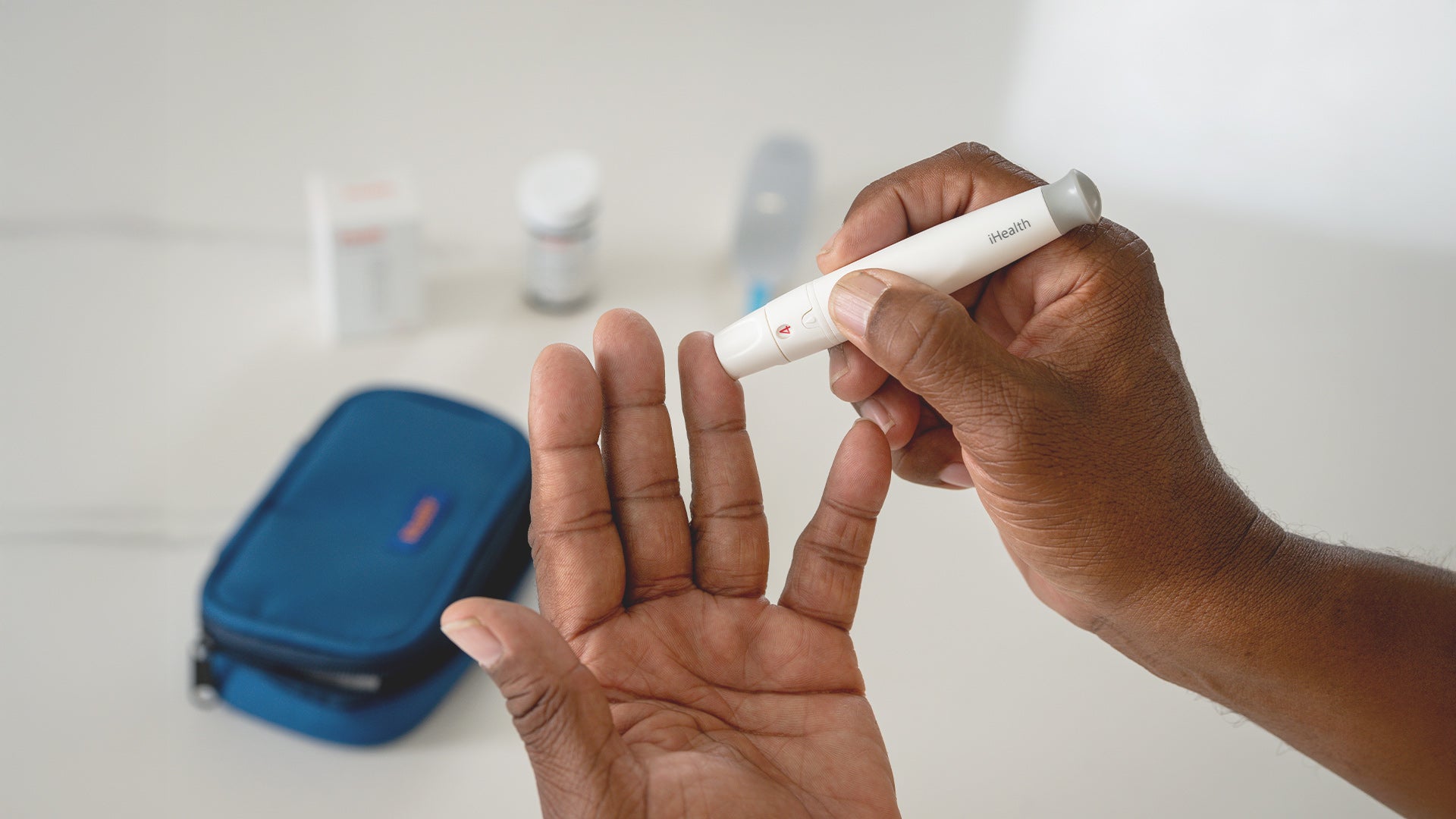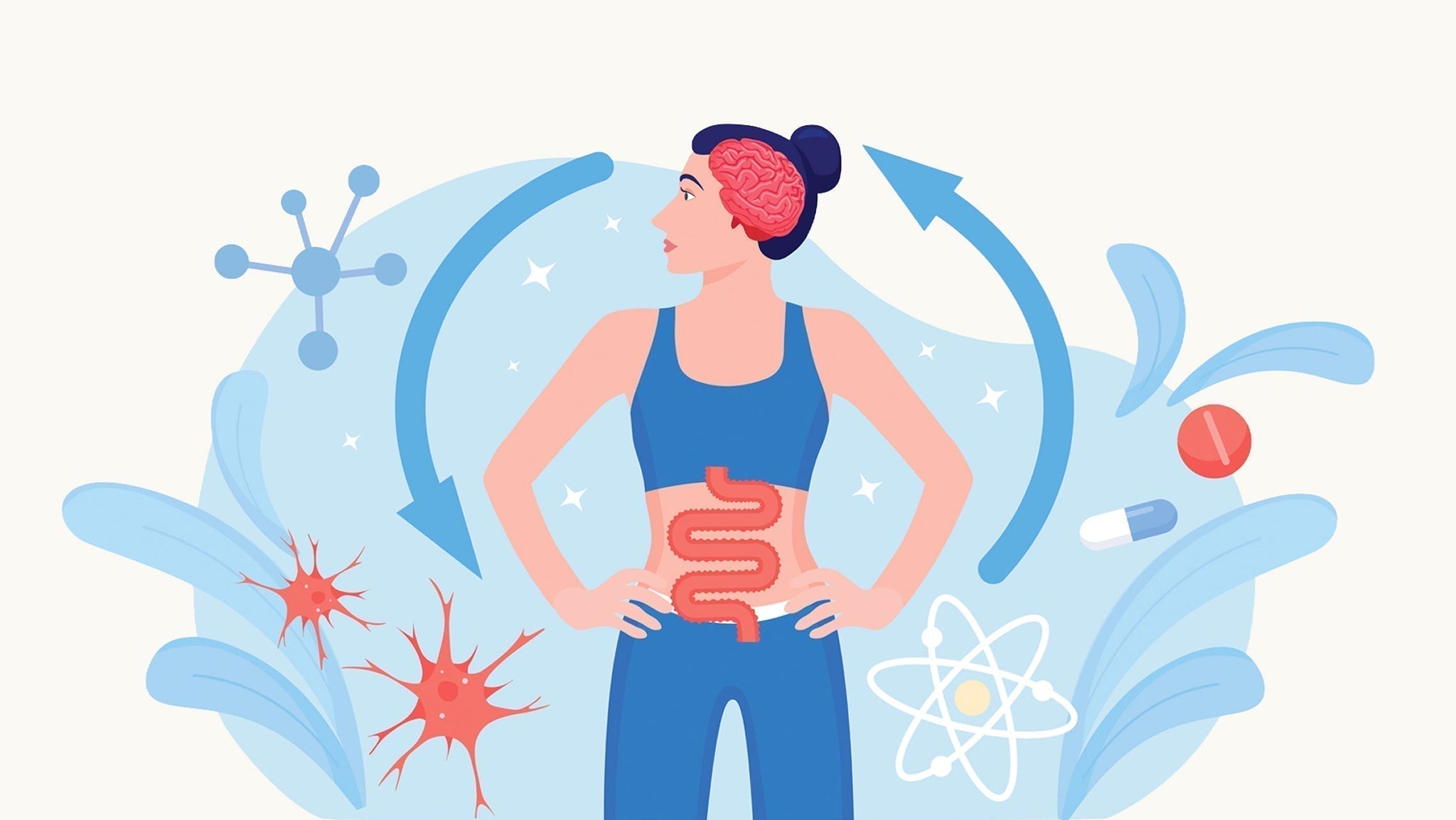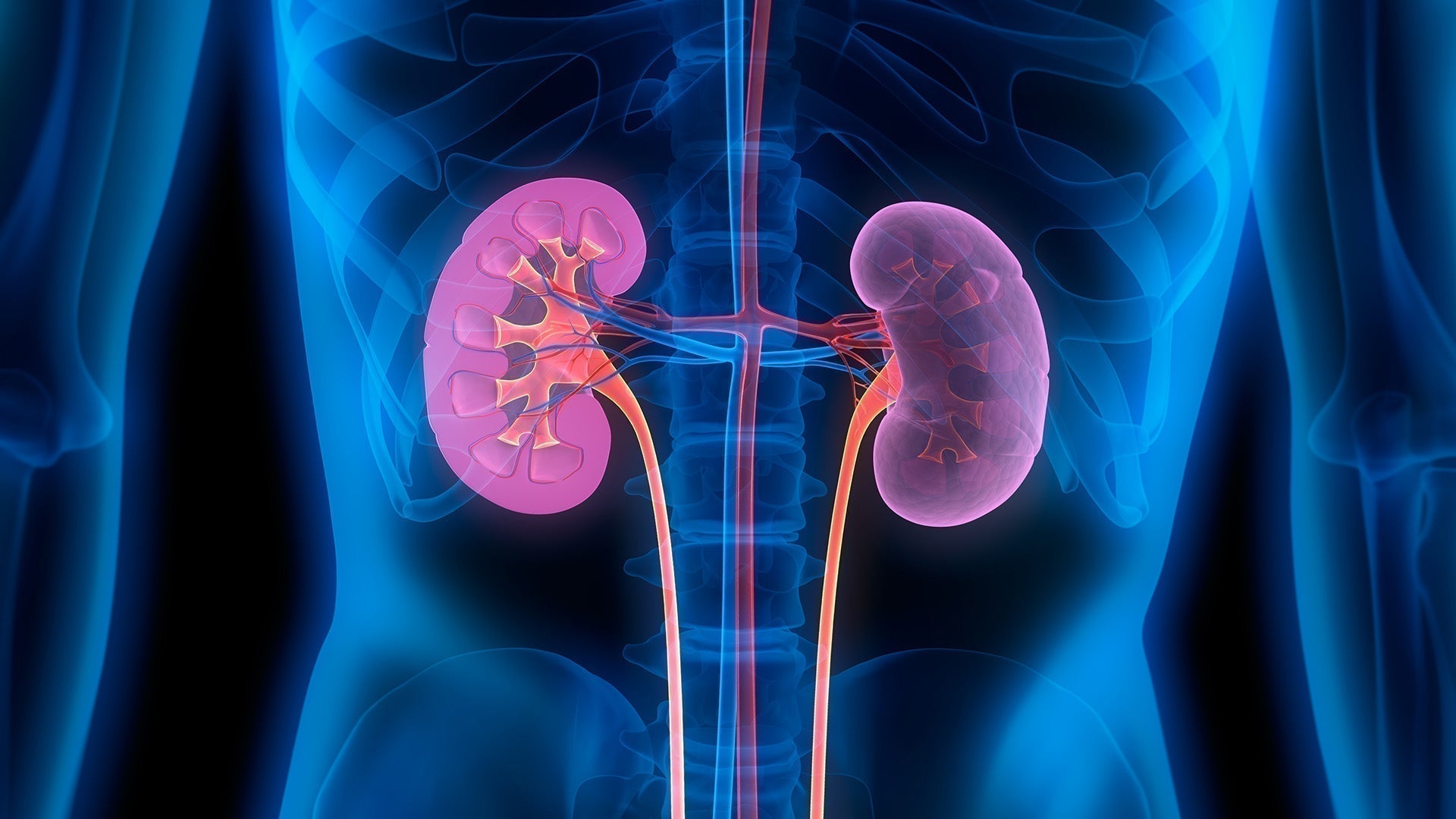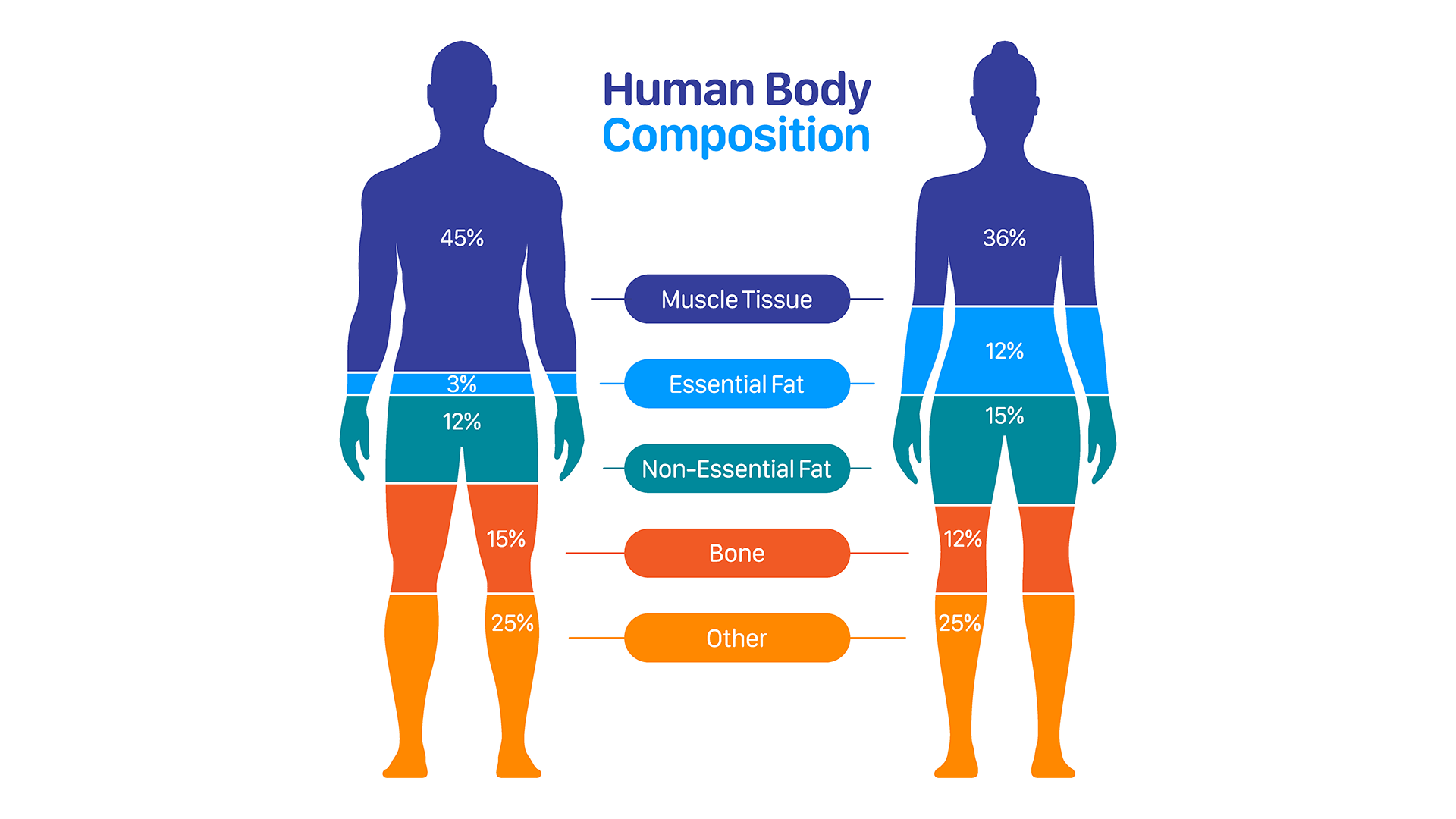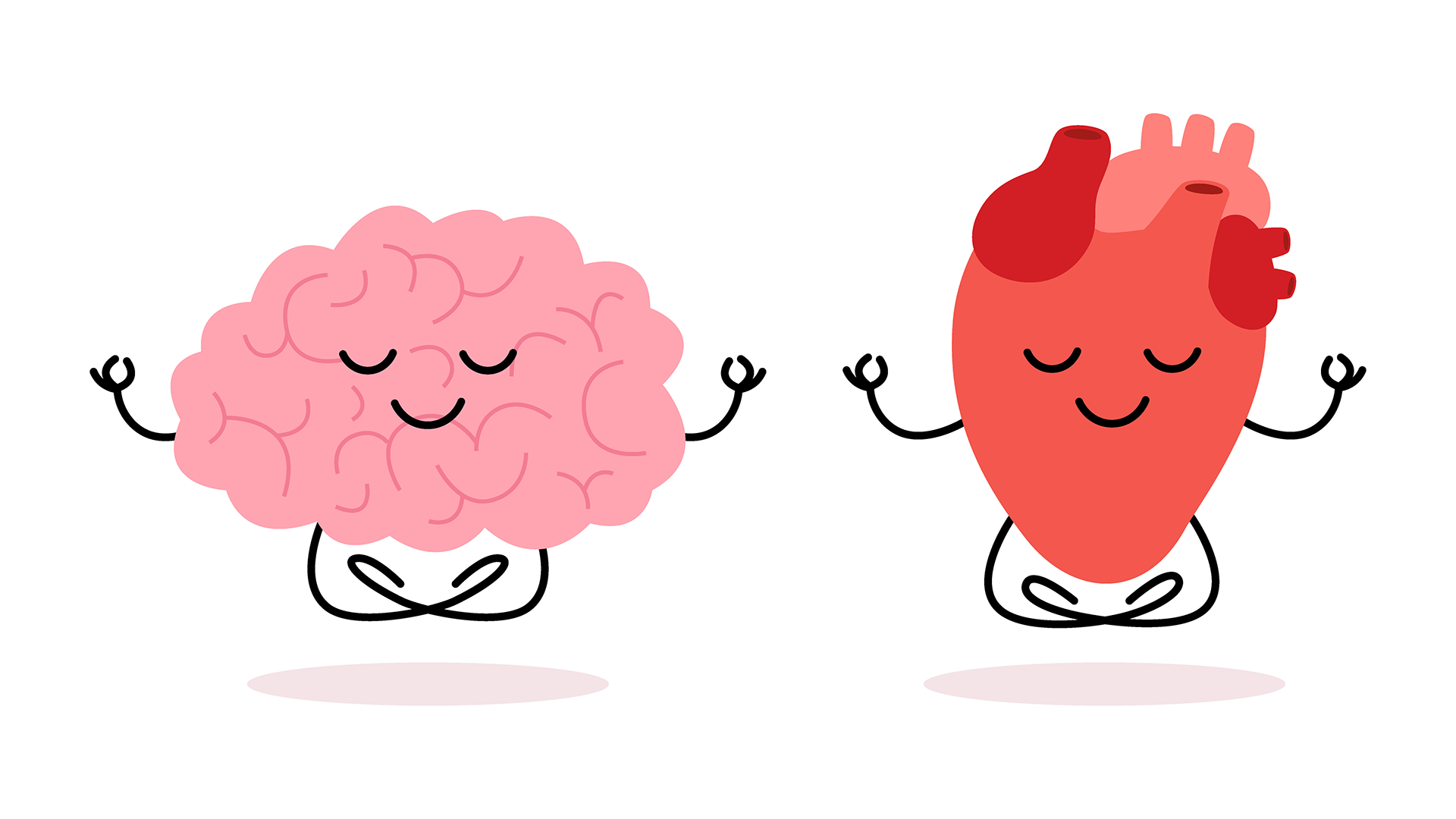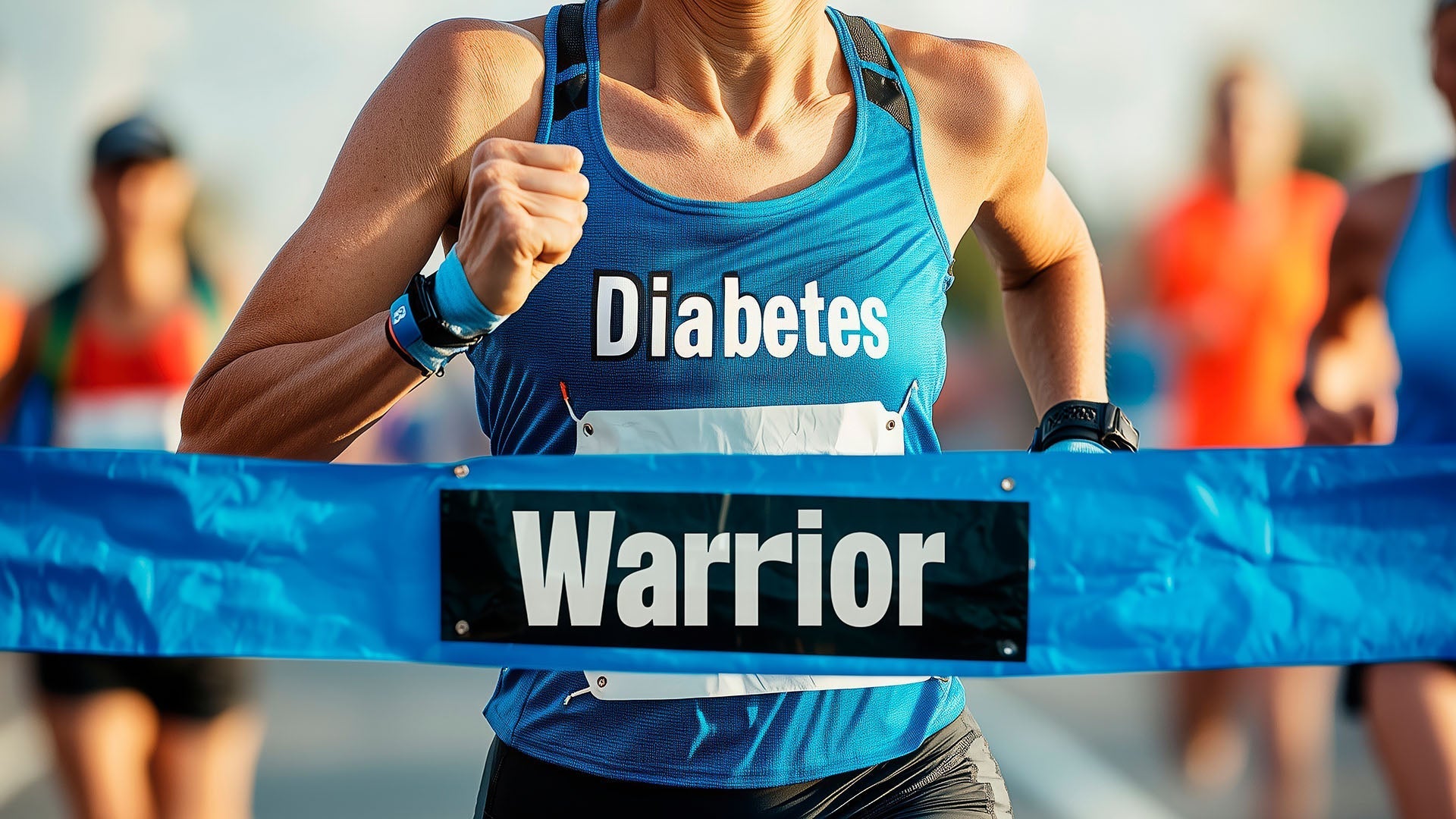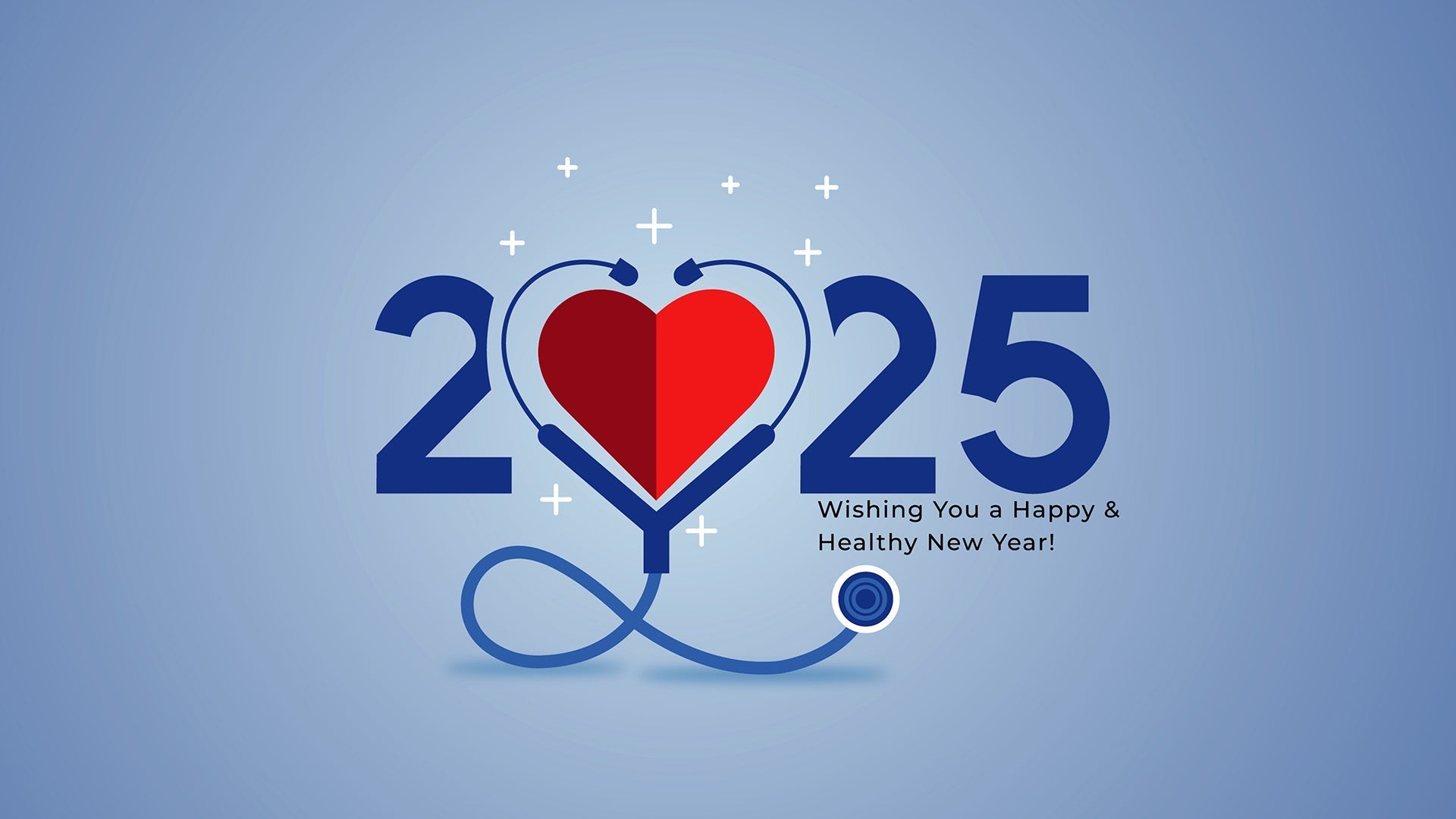Learn Your Way
to A Healthier Life

May is Stroke Awareness Month, spotlighting one of the leading causes of death and long-term disability in the United States. Every year, approximately 795,000 Americans experience a stroke with someone dying from one about every three minutes. Additionally, the American Heart Association reports that nearly 75% of stroke patients have dysfunction and 15–30% have severe disability.
Fortunately, early recognition of symptoms and rapid intervention can significantly improve stroke treatment outcomes-making the difference between lifelong disability and a full recovery.
What Is a Stroke?
A stroke occurs when the brain’s blood supply is disrupted, depriving brain cells of oxygen and nutrients. There are three main types.

Ischemic Stroke: When Blood Flow Is Blocked
Ischemic strokes account for nearly 87% of all strokes in the U.S. They occur when a blood clot or fatty deposit (plaque) blocks a blood vessel in the brain. When this happens, the affected part of the brain is deprived of oxygen and nutrients, causing brain cells to begin dying within minutes.
Medications like tPA (tissue plasminogen activator) or mechanical thrombectomy (removal of the clot) can restore blood flow.
Hemorrhagic Stroke: When Bleeding Occurs
Hemorrhagic strokes make up about 13% of all strokes but carry a higher fatality rate than ischemic strokes. These occur when a blood vessel ruptures, causing bleeding directly into or around the brain tissue.
Therapies may involve blood pressure control, reversal of blood thinners or emergency surgery to relieve pressure on the brain around the bleeding blood vessel.
Transient Ischemic Attack: The Warning Sign
Often called a “mini-stroke,” a transient ischemic attack (TIA) results from a temporary blockage of blood flow to the brain. While symptoms are similar to ischemic and hemorrhagic strokes, TIAs do not cause permanent damage. They resolve within a few minutes or hours—but are still major red flags of a potential real stroke. The American Heart Association reported that 1 in 5 people who have a TIA will suffer a full stroke within 90 days, and half of those occur within the first 48 hours. That is why a TIA should be treated as a medical emergency.
Be Aware of These Stroke Symptoms
When it comes to strokes, "time is brain.”According to the Stroke Journal, every minute during a large brain blood vessel ischemic stroke, the average patient loses approximately 1.9 million neurons. For every hour of delayed treatment, the loss of neurons is equivalent to almost 3.6 years of normal aging. That’s why public education tools like the BE FAST acronym are so important for preserving vital brain function by quickly identifying stroke symptoms.
- B – Balance: Sudden loss of balance or coordination
- E – Eyes: Sudden vision changes (blurred, double or loss of vision)
- F – Face: One side of the face droops
- A – Arms: Arm weakness or drift when raised
- S – Speech: Slurred or strange speech
- T – Time: Call 911 immediately if any symptoms are present

According to the CDC, while 93.7% of people recognize sudden numbness on one side as a stroke symptom, only 68.3% know all the major symptoms and understand the importance of calling 911 immediately.
Early Treatment: Every Minute Matters
The speed of stroke recognition and treatment directly correlates with patient outcomes. Research published by the Journal of American Medical Association shows that for ischemic strokes, every 15-minute reduction in treatment time increases the chances of walking independently after recovery and decreases mortality by 5%.
The critical first 60 minutes after stroke symptoms begin is what medical professionals refer to as the “golden hour”. During this time, swift action can greatly impact the chance of restoring blood flow to the affected area of the brain and potentially preventing long-term damage or disability. The goal is to deliver treatment, such as clot-busting medication, as quickly as possible within this hour.
Early detection doesn’t just save lives—it also preserves quality of life and reduces the need for rehabilitation or assisted living. Stroke is a leading cause of long-term disability, as well as a major burden on families and the healthcare system. A stroke survivor with significant physical impairment may require more costly rehabilitation and nursing care in order to have a chance at returning to a normal life. Investing in awareness and fast therapies leads to healthier outcomes and lower costs.
Prevention: The Best Approach
While recognizing stroke symptoms is crucial, prevention remains the most effective strategy—especially if symptoms are warning signs like TIA. Key preventive measures include:
- Managing high blood pressure, diabetes and high cholesterol
- Not smoking and limiting alcohol consumption
- Maintaining a healthy weight through diet and regular exercise
- Taking prescribed medications as directed by a physician
- Attending regular check-ups with healthcare providers
Recognizing the signs and taking fast action at the onset of stroke symptoms can mean the difference between a full recovery and permanent disability or death. Use the BE FAST method of stroke detection and ensure early treatment during the “golden hour.” With each minute saved, more people can survive strokes with their independence and quality of life intact.
References
- American Brain Foundation - Stroke Recovery: Dealing with Long-Term Disability After a Stroke
- CDC - Stroke Facts
- American Heart Association - Heart Disease and Stroke Statistics
- American Stroke Association - Ischemic Stroke (Clots)
- American Stroke Association - Hemorrhagic Stroke
- American Heart Association - Stroke symptoms, even if they disappear within an hour, need emergency assessment
- American Heart Association - High Variability in Neuronal Loss: Time Is Brain
- CDC - Awareness of Stroke Signs and Symptoms and Calling 9-1-1 Among US Adults
- Journal of American Medical Association - Association Between Time to Treatment With Endovascular Reperfusion Therapy and Outcomes in Patients With Acute Ischemic Stroke Treated in Clinical Practice
-
American Heart Association - The “Golden Hour” and Acute Brain Ischemia
Sign Up For More From iHealth
Receive the Latest News and Special Offers




